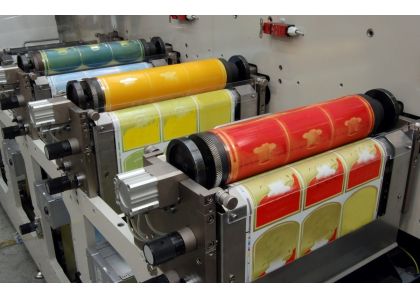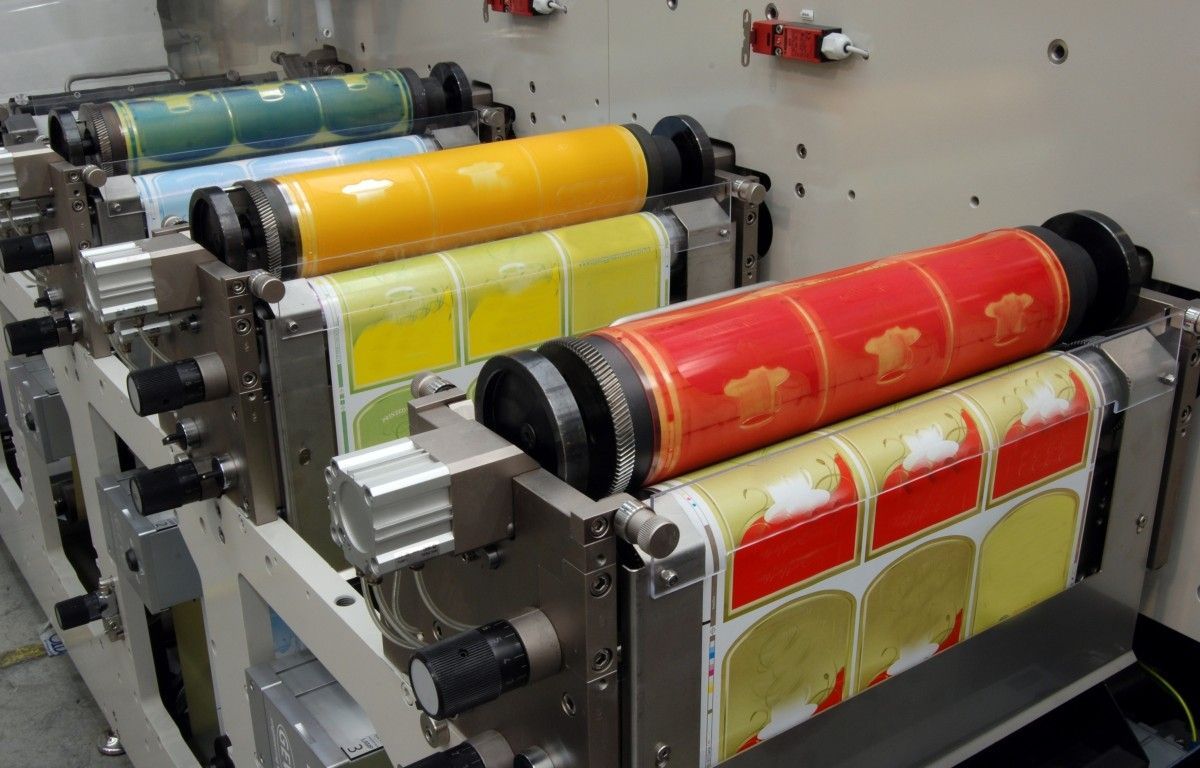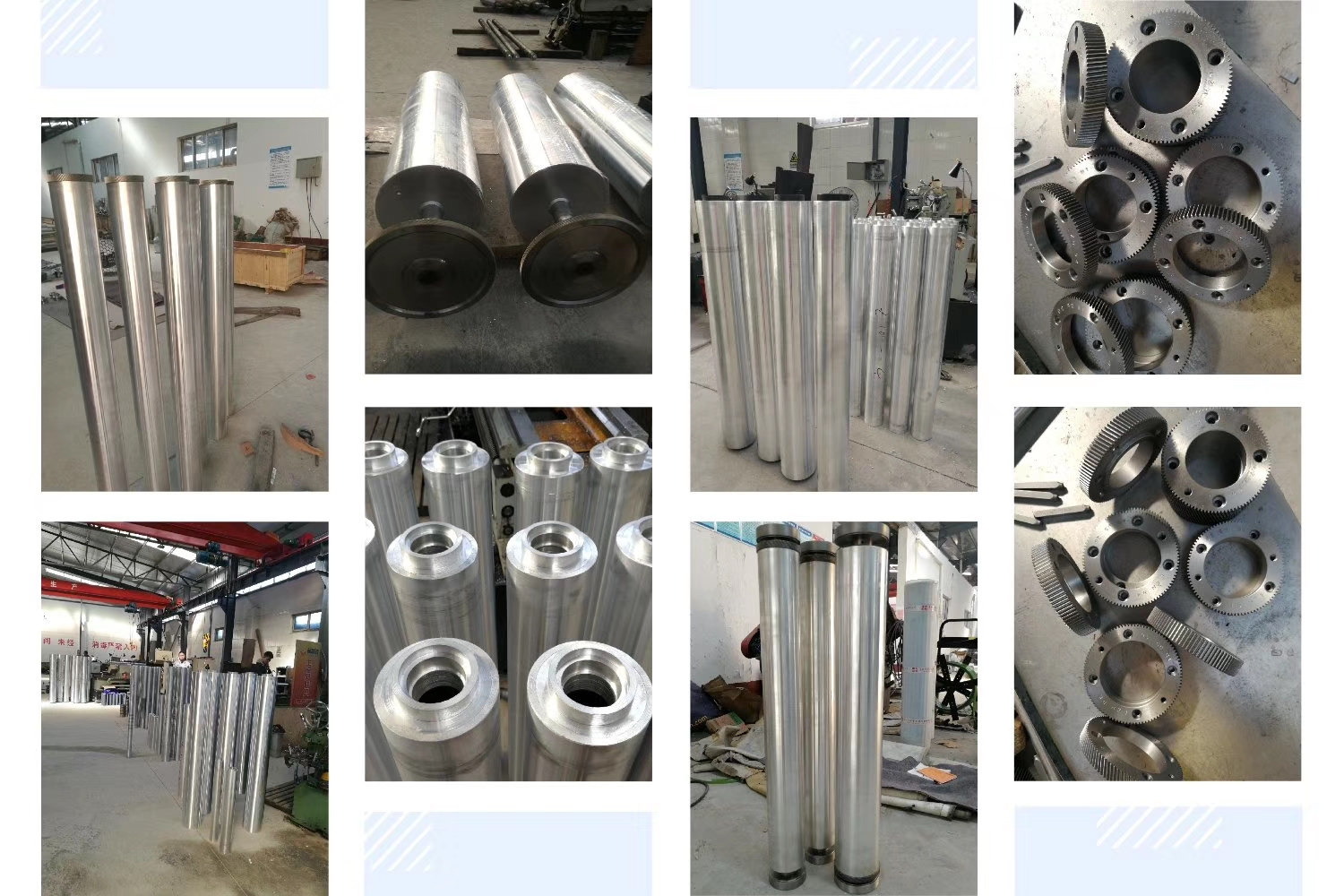Understanding the Work Principles and Selection of Steel and Aluminum Flexographic Plate Cylinders

In flexographic printing, the flexographic plate cylinder is a critical component used to carry the flexible printing plate and plays a key role in the printing process. This cylinder is mounted on the rotating shaft of the printing machine and works in conjunction with other elements (such as the anilox roller and impression cylinder) to complete the image and text transfer. The plate cylinders are typically made from either steel or aluminum, and their selection is closely related to their working principles. The following explains these principles and provides guidance on how to choose between steel and aluminum plate cylinders.
Working Principle
The primary function of the flexographic plate cylinder is to hold the flexible printing plate and ensure even contact and pressure between the plate and the substrate to transfer the image. The printing process follows several key steps:
- Carrying the Printing Plate: The flexible plate is mounted onto the surface of the plate cylinder.
- Ink Transfer: The plate cylinder, through contact with the anilox roller, evenly picks up ink onto the mounted plate.
- Impression Transfer: As the plate cylinder rotates, the plate comes into contact with the substrate, transferring the ink onto it under the pressure applied by the impression cylinder.
- Repeat Cycle: This cycle continues as the plate cylinder rotates, achieving continuous printing.

Characteristics of Steel and Aluminum Plate Cylinders
Steel Plate Cylinders:
-
Advantages:
- High Strength and Durability: Steel plate cylinders have high mechanical strength, making them capable of withstanding higher printing pressures and extended usage.
- Excellent Resistance to Deformation: Steel offers superior resistance to deformation under high-stress working conditions, ensuring stable print quality.
- Ideal for Large Volume Production: Due to their longevity and robustness, steel plate cylinders are suitable for large-volume, continuous production runs.
-
Disadvantages:
- Heavier Weight: Steel plate cylinders are heavier, which increases the machine's load and makes installation and operation more demanding.
- Higher Manufacturing Costs: The production and processing of steel cylinders are more complex and costly compared to aluminum.
Aluminum Plate Cylinders:
-
Advantages:
- Lightweight: Aluminum plate cylinders are significantly lighter than their steel counterparts, reducing the load on the printing machine and making them easier to install and replace.
- Greater Flexibility: The flexibility of aluminum makes it more suitable for situations requiring frequent plate changes.
- Lower Cost: Aluminum cylinders are less expensive to manufacture, making them more suitable for medium to small production runs.
-
Disadvantages:
- Lower Strength and Durability: Aluminum plate cylinders are less robust compared to steel, meaning their lifespan may be shorter under high-stress conditions.
- Prone to Deformation: Over time, or under high pressure, aluminum cylinders are more likely to experience slight deformation, which can affect printing accuracy.
How to Choose the Right Flexographic Plate Cylinder
The decision to choose either steel or aluminum for a plate cylinder largely depends on specific printing requirements and production conditions:
-
Print Volume and Production Cycle:
- If you require long production runs and large quantities, with high demands on print consistency and quality, a steel plate cylinder is the best choice due to its durability and precision.
- For medium to small production runs, or when flexibility and frequent plate changes are needed, an aluminum plate cylinder is more suitable thanks to its lighter weight and lower cost.
-
Precision Requirements:
- For high-precision printing tasks, especially in industries like packaging that demand high print accuracy, the steel cylinder's resistance to deformation ensures consistent quality.
- Aluminum plate cylinders are better suited for less demanding print jobs or when printing on lighter substrates such as paper labels or plastic films.
-
Machine Load Capacity:
- If your printing machine can handle the weight and load of a steel plate cylinder, the stability and durability of steel make it a superior choice.
- If the machine has a lower load capacity or requires quick installation and frequent changes, the lighter weight of aluminum cylinders offers greater operational efficiency.

Conclusion
In summary, steel plate cylinders are ideal for high-precision, high-volume printing demands, while aluminum plate cylinders are more suitable for flexible production environments, such as medium-volume or frequent plate changes. Understanding your production needs and the capabilities of your printing equipment will help guide you in making the right choice between steel and aluminum flexographic plate cylinders.


